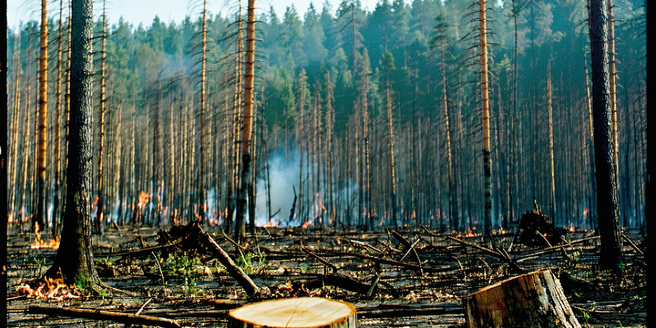
Understanding Global Warming and Its Mechanisms
Global warming refers to the long-term increase in Earth’s average surface temperature due to human activities, primarily the emission of greenhouse gases from burning fossil fuels, deforestation, and industrial processes. These activities increase concentrations of greenhouse gases like carbon dioxide and methane in the atmosphere, trapping more heat and resulting in the phenomenon known as the greenhouse effect. This warming influences weather patterns and can lead to more extreme meteorological events. Understanding global warming involves comprehending complex interactions between atmospheric, oceanic, and biospheric systems. Scientists study historical climate data, use climate models to predict future changes, and work towards mitigating impacts through sustainable practices and policies to safeguard the environment and human health.
The Science Behind Cyclone Formation
Cyclones are formed over warm ocean waters near the equator. The moist, warm air rises, creating an area of low pressure underneath. As the warm air rises and cools, it condenses into clouds, releasing heat which further warms the surrounding air and causes it to rise. This dynamic process results in powerful winds and torrential rains. This cycle leads to the formation of a cyclone. The Coriolis effect, due to Earth’s rotation, causes the cyclone to spin. Cyclones require specific conditions to form, including warm sea surface temperatures, moisture, low vertical wind shear, and ambient atmospheric instability. Understanding the science behind their formation helps meteorologists predict their path and intensity, contributing to better preparedness and resilience in cyclone-prone regions.
Historical Trends in Cyclone Activity
Analysis of historical data reveals fluctuating trends in cyclone activity, with periods of increased and decreased frequency and intensity. Over the past few decades, advancements in satellite technology have improved the accuracy of cyclone monitoring and tracking, providing a wealth of data for analysis. Interestingly, these technological innovations have allowed scientists to detect cyclones earlier and with greater precision. Studies indicate that while the total number of cyclones hasn’t changed significantly, their intensity seems to be increasing. Intense cyclones, particularly in the North Atlantic, have become more common, possibly linked to rising sea surface temperatures and climate change. Understanding these historical trends is crucial for predicting future cyclone activity and formulating strategies to mitigate their impacts.
Impacts of Rising Temperatures on Cyclone Frequency
Rising global temperatures affect cyclone frequency and intensity. Warmer sea surface temperatures provide more energy for cyclone formation, potentially increasing their intensity. Although the relationship between temperature rise and cyclone frequency is complex, some studies suggest an increase in the frequency of severe cyclones. This change poses a significant threat to populations living in affected areas. The changing climate can alter atmospheric conditions, influencing cyclone patterns and their distribution. Consequently, communities in cyclone-prone regions might face more frequent and intense storms. Scientists employ climate models to explore these interactions, aiming to predict how ongoing temperature rise might impact future cyclone behavior. Increased understanding can inform adaptation strategies, improving resilience against devastating cyclonic events.
Regional Variations in Cyclone Patterns due to Climate Change
Climate change influences cyclone patterns, with regional variations evident in cyclone frequency, intensity, and trajectories. In the North Atlantic, there has been an apparent increase in hurricane activity, partially attributed to climate factors like changing sea surface temperatures and atmospheric conditions. Scientists are working tirelessly to model and predict these changes with greater accuracy. Improved prediction models are essential for effective disaster preparedness and response. Conversely, some regions may experience decreased cyclone activity due to shifts in wind patterns and environmental conditions altering cyclone formation. It is crucial to study these regional variations to understand how different areas are affected by climate change. This knowledge can guide localized adaptation measures, helping vulnerable regions prepare for and mitigate cyclone impacts.
